Back to Courses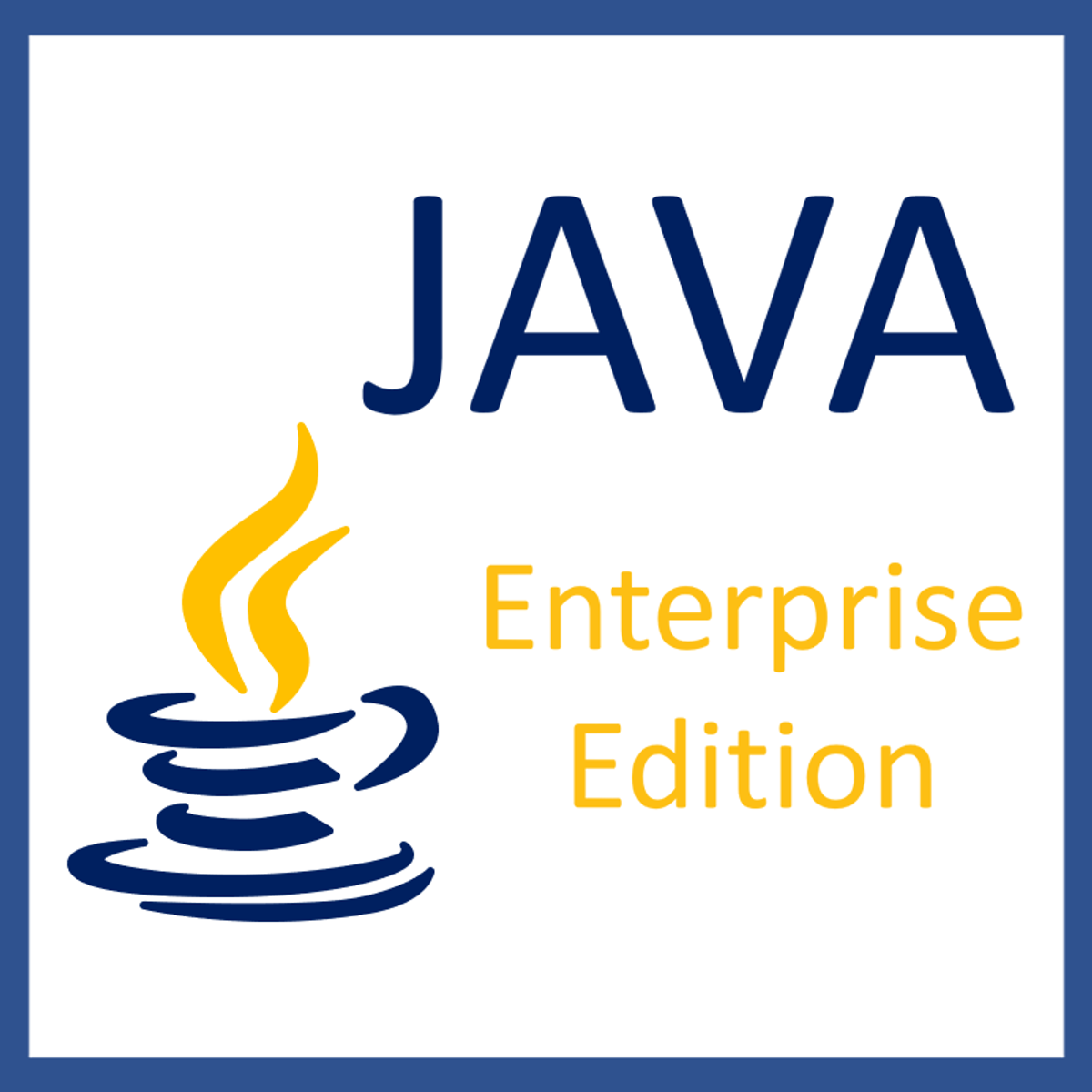
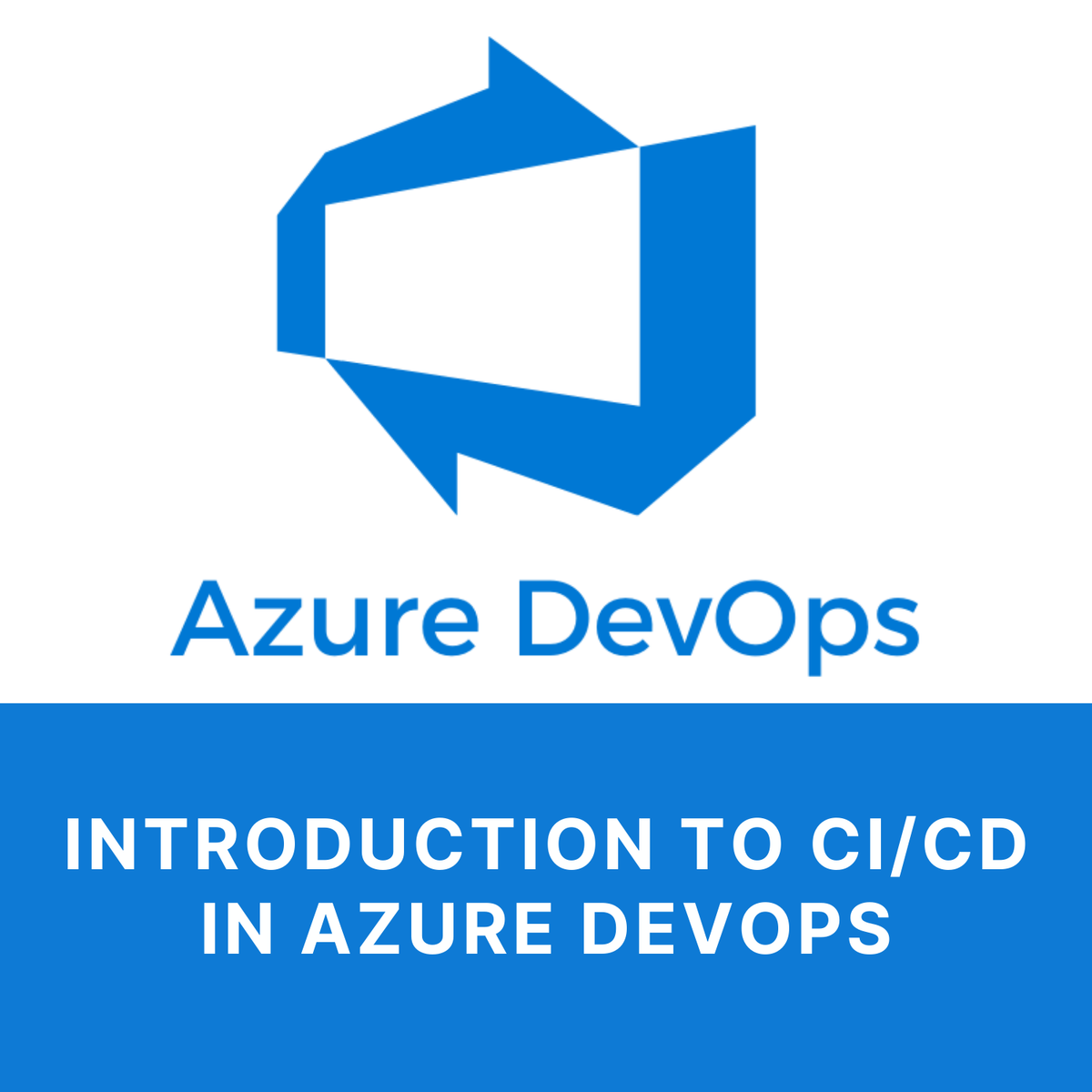
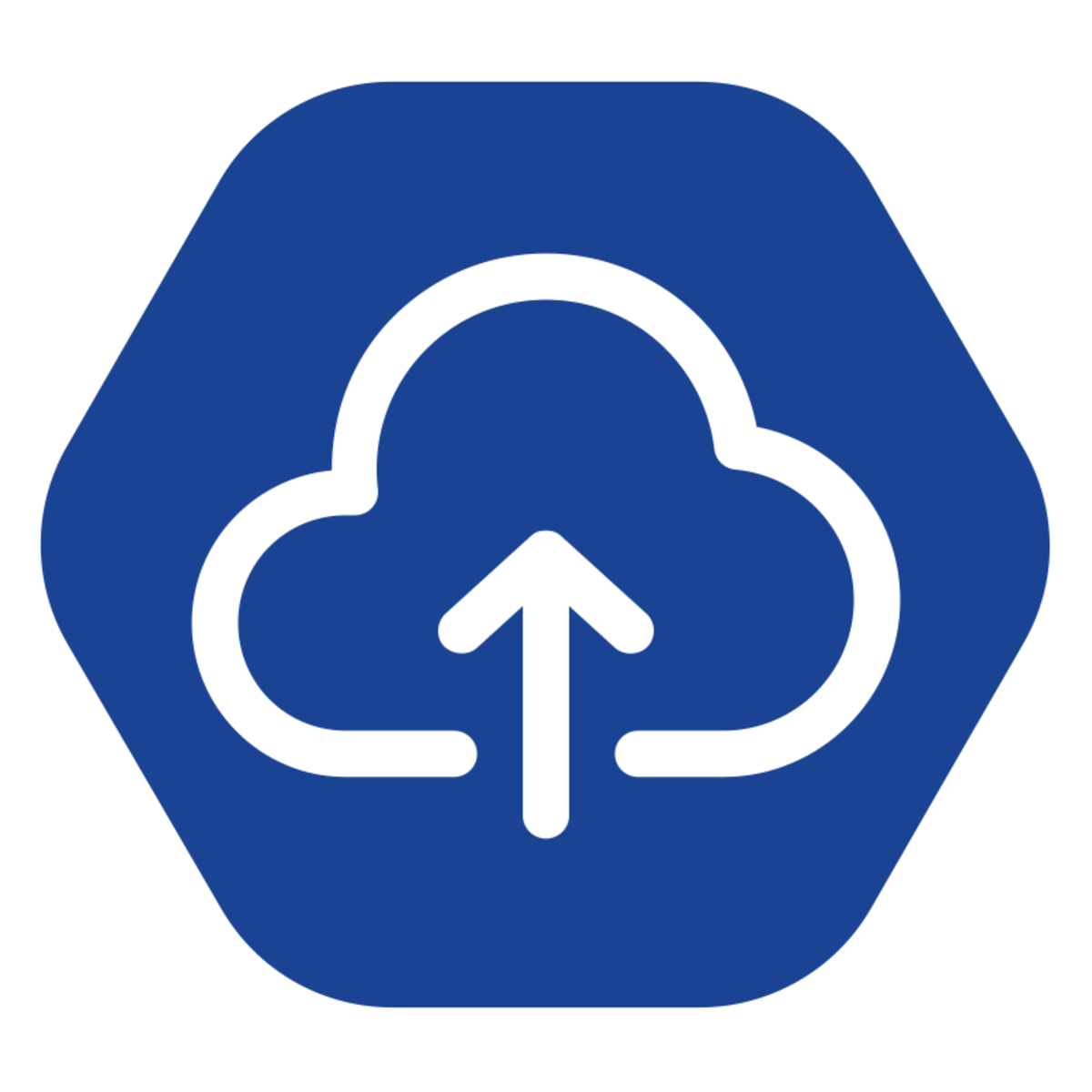
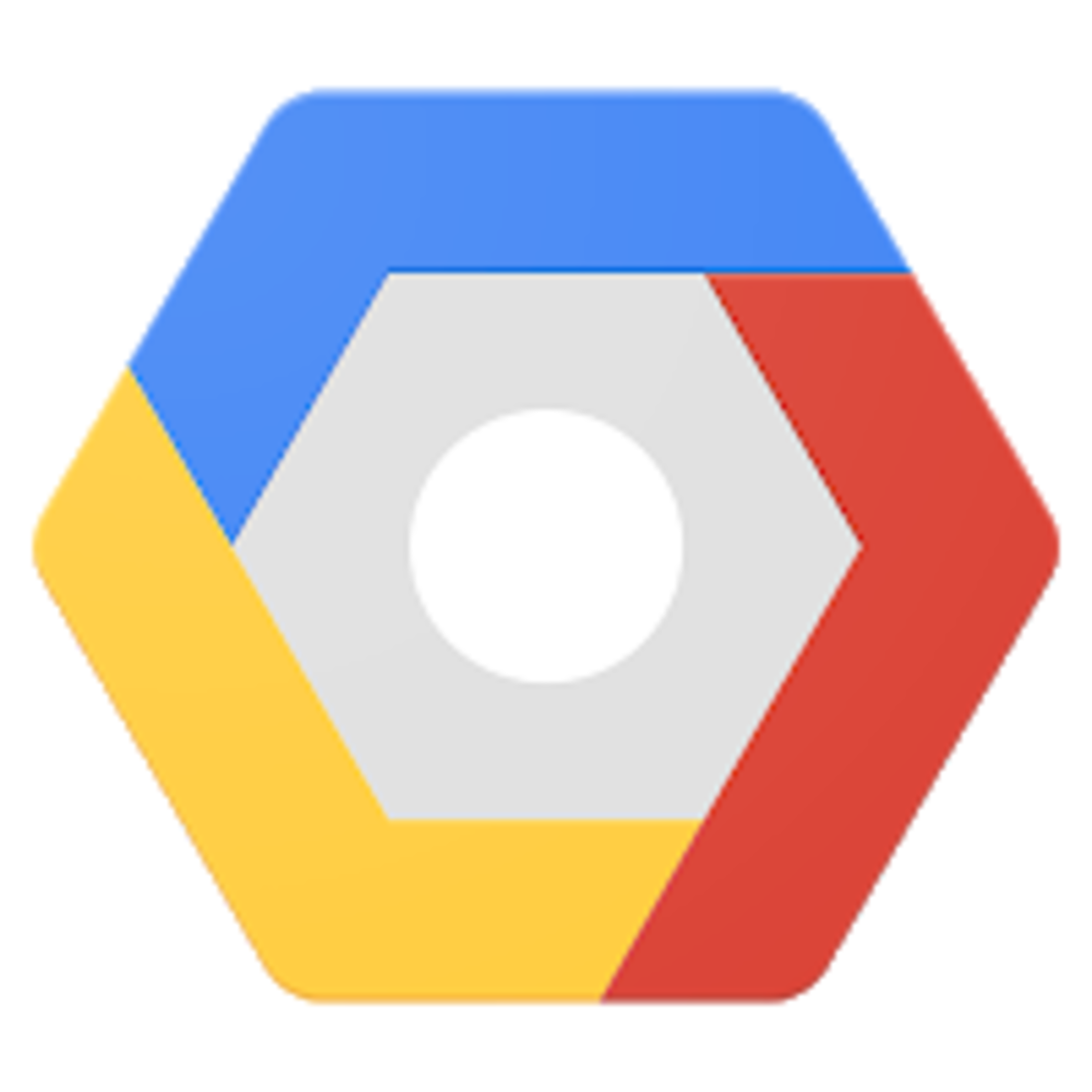
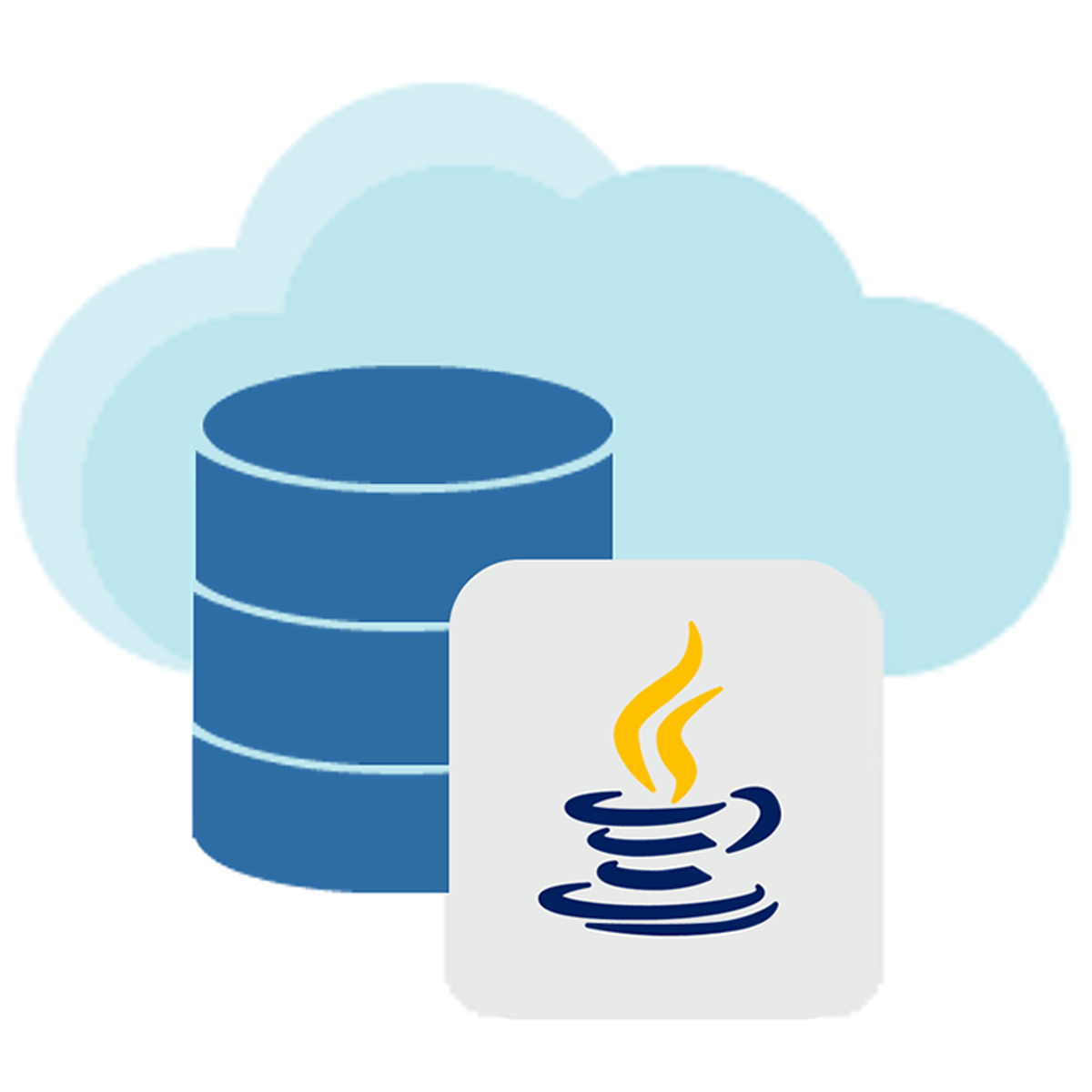


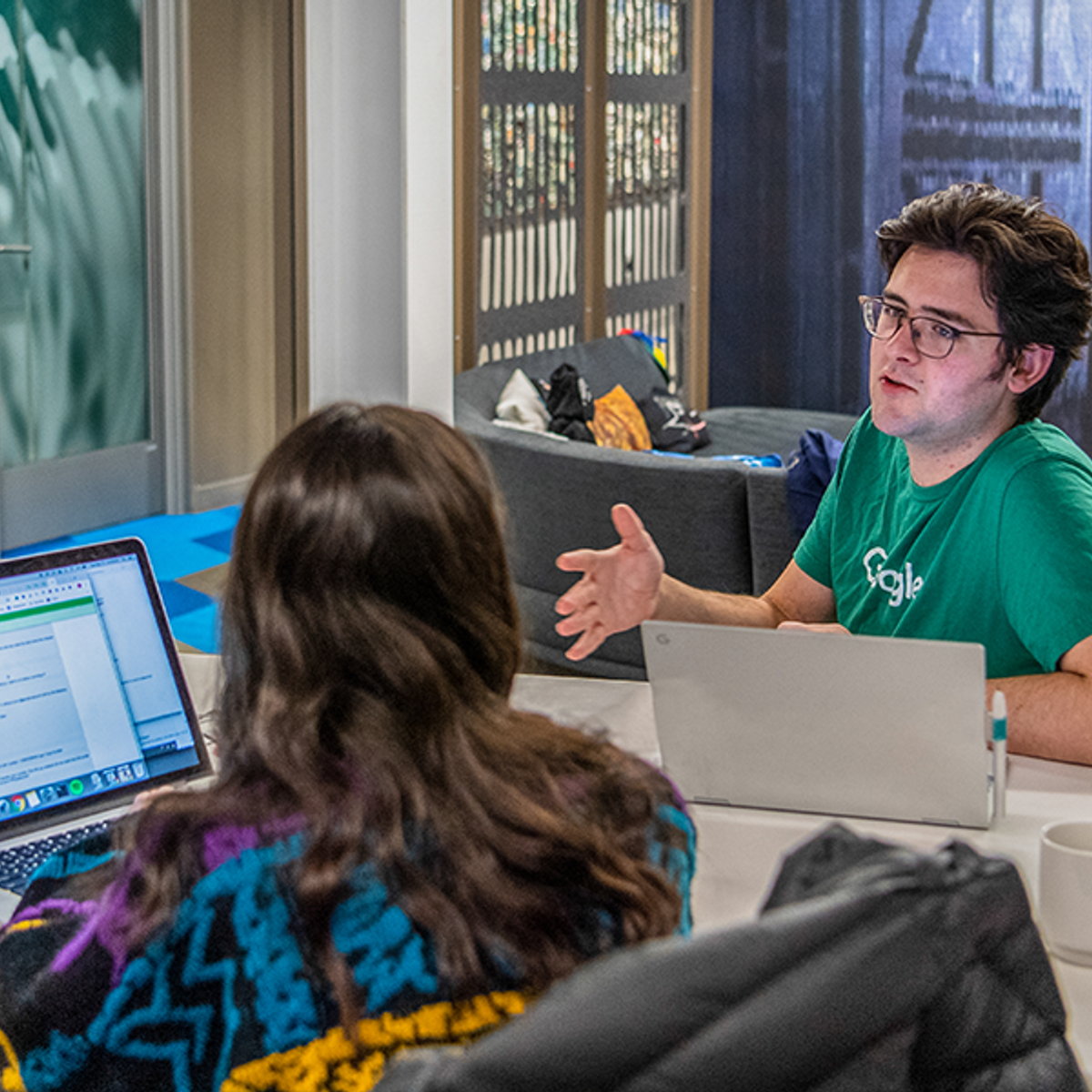
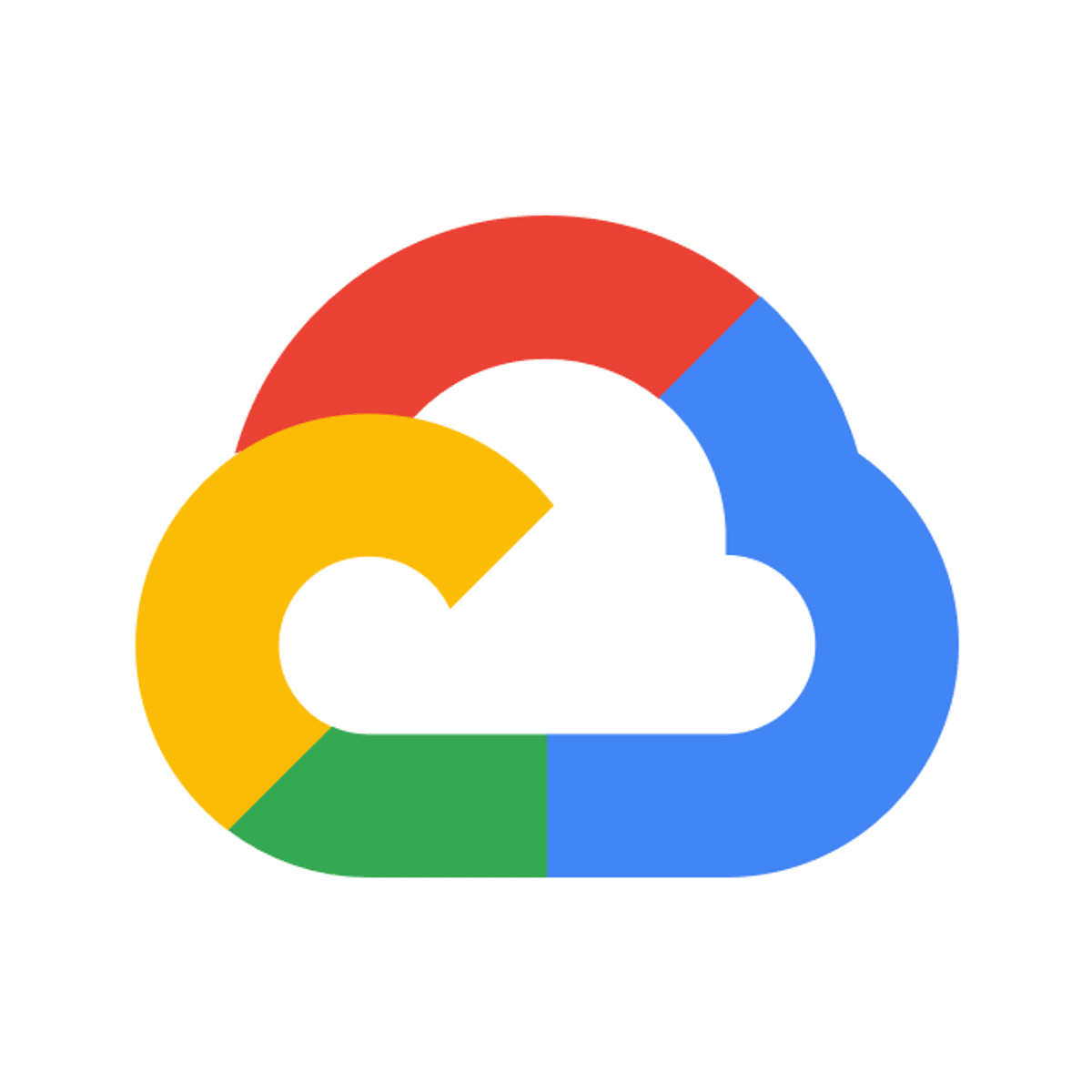

Information Technology Courses - Page 79
Showing results 781-790 of 1471

Introduction to Java Enterprise Edition (EE)
This course focuses on JEE as a platform. We discuss the motivation and purpose, as well as some of the frequently used libraries and technologies, in the Java Enterprise Edition. We take a look at Web basics, our building blocks for understanding how the internet works. Then, we get very hands on with understanding the Servlet hierarchy, and how servlets handle request/response cycles. Finally, we learn about transferring control via forward and redirect mechanisms.

Azure Devops: Introduction to CI/CD with Visual Studio
By the end of this course you will be able to create a DevOps Continuous Deployment (CD) pipeline completely using the Microsoft Azure DevOps platform. You will have an opportunity to use many of the Microsoft Azure DevOps tools, such as Azure Repos and Azure Pipelines, and Visual Studio Team Services for Desktop.

Azure Infrastructure Fundamentals
Microsoft Azure is a service created by Microsoft to provide cloud computing for creating and managing applications and services using a cloud environment. Azure provides software as a service (SaaS), platform as a service (PaaS) and infrastructure as a service (IaaS). The platform supports many programming languages and frameworks and can be used alone or in a multi-vendor cloud environment.
This course focuses on the Fundamentals of Azure Infrastructure including infrastructure as a service. We’ll begin with understanding the subscription, configuring security and acquiring storage. Then you’ll build virtual machines and VNETS. Azure environments can be highly available and very resilient. Data can be backed up to the cloud for safety. These are the concepts we will discuss in this course.

Logging, Monitoring and Observability in Google Cloud
Learn how to monitor, troubleshoot, and improve your infrastructure and application performance. Guided by the principles of Site Reliability Engineering (SRE), this course features a combination of lectures, demos, hands-on labs, and real-world case studies. In this course, you'll gain experience with full-stack monitoring, real-time log management and analysis, debugging code in production, and profiling CPU and memory usage.

Java Data Access - SQL Primer
This course will introduce the student to the basic concepts of SQL for interaction with Relational Databases. It will illustrate basic SQL statements to create and query tables, leverage table relationships through joins and subqueries, insert and update table rows. It is, however, only intended to cover the basics needed in order for the student to progress onto the Java Database Connectivity (JDBC) and Jakarta Persistence (JPA) courses in the Data Access Specialization.

Beginners Overview of Swagger Editor
By the end of this project, you will gain an introductory overview of the Open API Specification (OAS) through the Swagger Editor which is one of the most popular ways to create definitions of RESTful APIs. Swagger (OAS) documentation will enable you to create documentation, generate SDKs, and even test. This beginners overview will take you through an example case study to help you understand how to use the SwaggerEditor.
This course will give you an overview of OAS and as long as you understand the basis of REST APIs and JSON you are ready to take this course.

Introduction to Digital Transformation Part 2
This course was designed to further your understanding of digital transformation so you can leverage digitization to improve business function performance. You'll learn how to build out your core digital infrastructure, with a focus on cloud computing, data integrity and digital platforms. You'll explore how digitization is transforming various business functions and organization units and learn how to
identify the key drivers of and risks inherent in digital transformation, and consider the impact of emerging trends. By the end of this course, you'll be able to analyze your industry's digital transformation efforts and recommend new approaches to maximize performance.

Process Data from Dirty to Clean
This is the fourth course in the Google Data Analytics Certificate. These courses will equip you with the skills needed to apply to introductory-level data analyst jobs. In this course, you’ll continue to build your understanding of data analytics and the concepts and tools that data analysts use in their work. You’ll learn how to check and clean your data using spreadsheets and SQL as well as how to verify and report your data cleaning results. Current Google data analysts will continue to instruct and provide you with hands-on ways to accomplish common data analyst tasks with the best tools and resources.
Learners who complete this certificate program will be equipped to apply for introductory-level jobs as data analysts. No previous experience is necessary.
By the end of this course, you will be able to do the following:
- Learn how to check for data integrity.
- Discover data cleaning techniques using spreadsheets.
- Develop basic SQL queries for use on databases.
- Apply basic SQL functions for cleaning and transforming data.
- Gain an understanding of how to verify the results of cleaning data.
- Explore the elements and importance of data cleaning reports.

Ingesting DICOM Data with the Healthcare API
This is a self-paced lab that takes place in the Google Cloud console. In this lab you will learn the basic functionality of Cloud Healthcare API using Digital Imaging and Commmuniations in Medicine (DICOM) data model.

Getting Started with Redis and RediSearch
This is a self-paced lab that takes place in the Google Cloud console. In this lab you will use Redis and RediSearch, an add-on module that enables full-text search and secondary indexing in Redis, to install and run a Redis instance, import example hashes, index them with RediSearch, and query them.
Popular Internships and Jobs by Categories
Browse
© 2024 BoostGrad | All rights reserved


